Airports can transform even the most seasoned travelers into anxious bundles of nerves. Between long security lines, delayed flights, and overpriced food, the journey to your destination often feels more exhausting than the trip itself.
The good news is that a few insider tricks can turn airport chaos into a smooth, almost enjoyable experience. Smart travelers know that airports have hidden shortcuts, secret amenities, and timing tricks that can save hours of frustration and hundreds of dollars.
Here’s a list of 20 proven airport hacks that’ll make your next journey feel like you’ve got VIP treatment.
Download Your Airline’s App Before Leaving Home

Mobile boarding passes eliminate the risk of lost tickets and often update faster than airport displays when flights change. Most airline apps let you check in early, select seats, and even track your luggage in real-time.
The digital boarding pass also works when your phone’s in airplane mode, so you don’t need Wi-Fi at security checkpoints.
Arrive at Off-Peak Hours
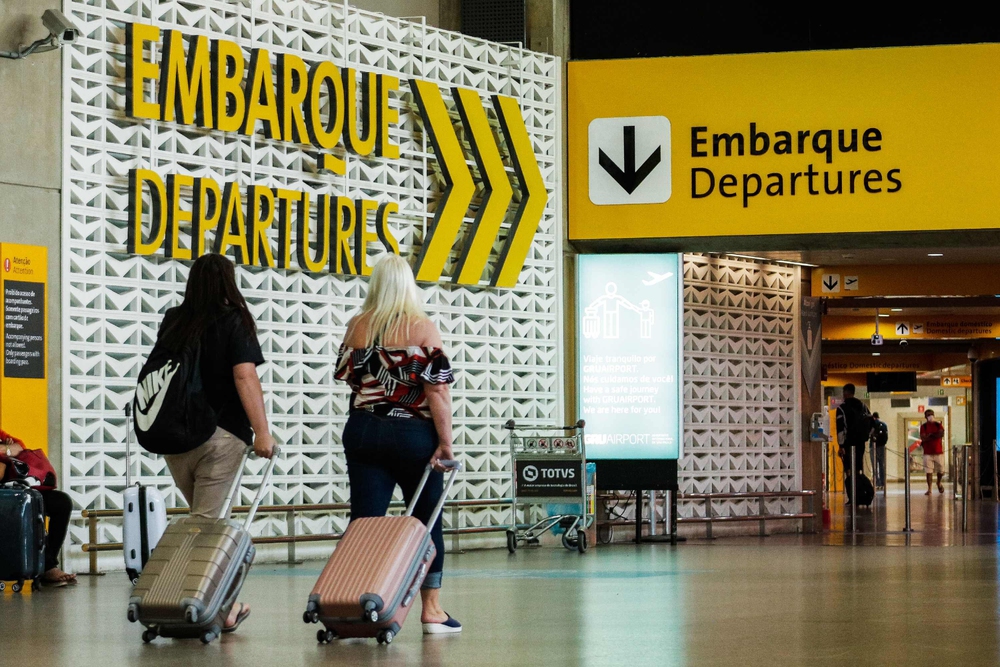
Flying out on Tuesday, Wednesday, or Saturday mornings typically means shorter security lines and less crowded terminals. The sweet spot for domestic flights is usually between 6 AM and 8 AM when business travelers haven’t started their day yet.
International flights work best when departing after 10 PM, as most leisure travelers have already left.
Like Travel Pug’s content? Follow us on MSN.
Pack a Phone Charger in Your Carry-On
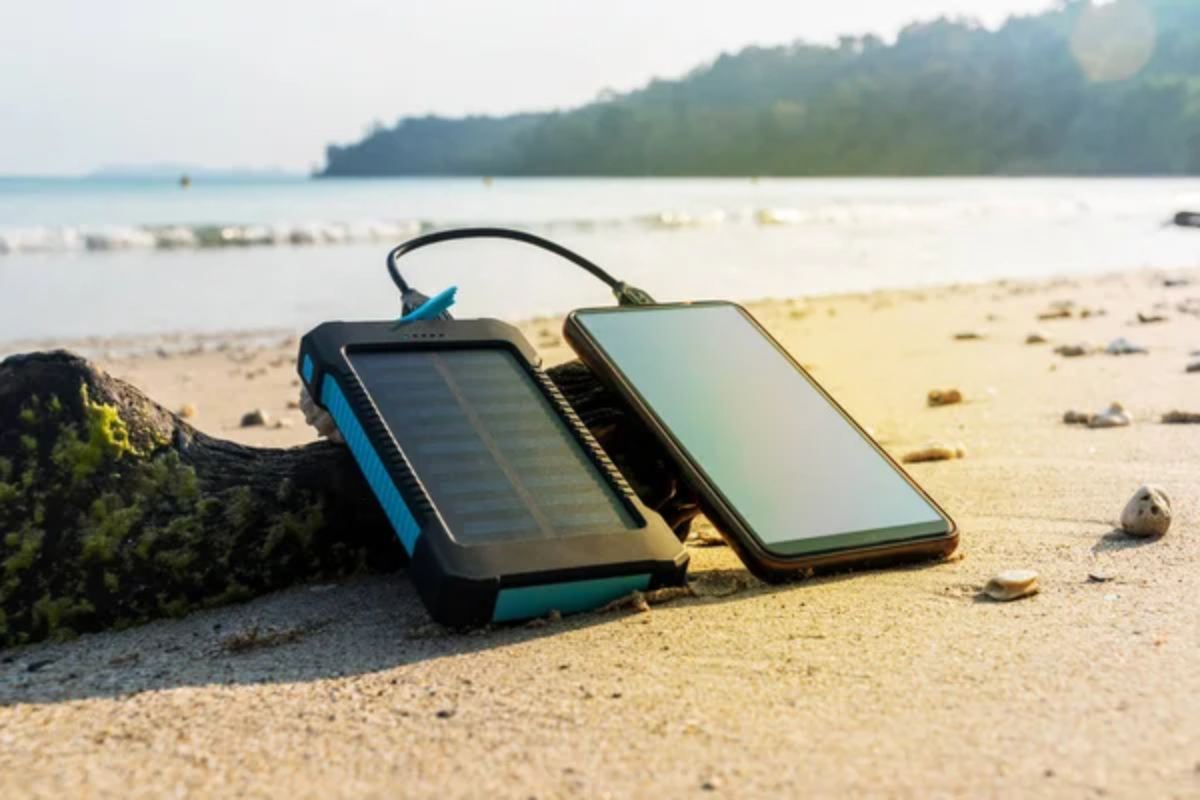
Airport charging stations are often broken, occupied, or located in inconvenient spots far from your gate. A portable battery pack eliminates the stress of hunting for outlets, ensuring your phone stays charged for boarding passes, entertainment, and staying connected.
Bring a charging cable that’s longer than 3 feet for maximum flexibility.
Wear Slip-On Shoes and Minimal Metal

Security lines move much faster when you can quickly remove your shoes and walk through metal detectors without triggering alarms. Avoid belts with large buckles, jewelry that might beep, and shoes with complicated laces or buckles.
Dress as if you’re going through security multiple times, because you probably will be.
Bring an Empty Water Bottle

Airport water costs $4-6 per bottle, but you can fill an empty container for free after passing through security. Most airports have water fountain stations designed specifically for refilling bottles.
A collapsible water bottle takes up almost no space when empty but saves money and keeps you hydrated during long flights.
Like Travel Pug’s content? Follow us on MSN.
Check In Online Exactly 24 Hours Early
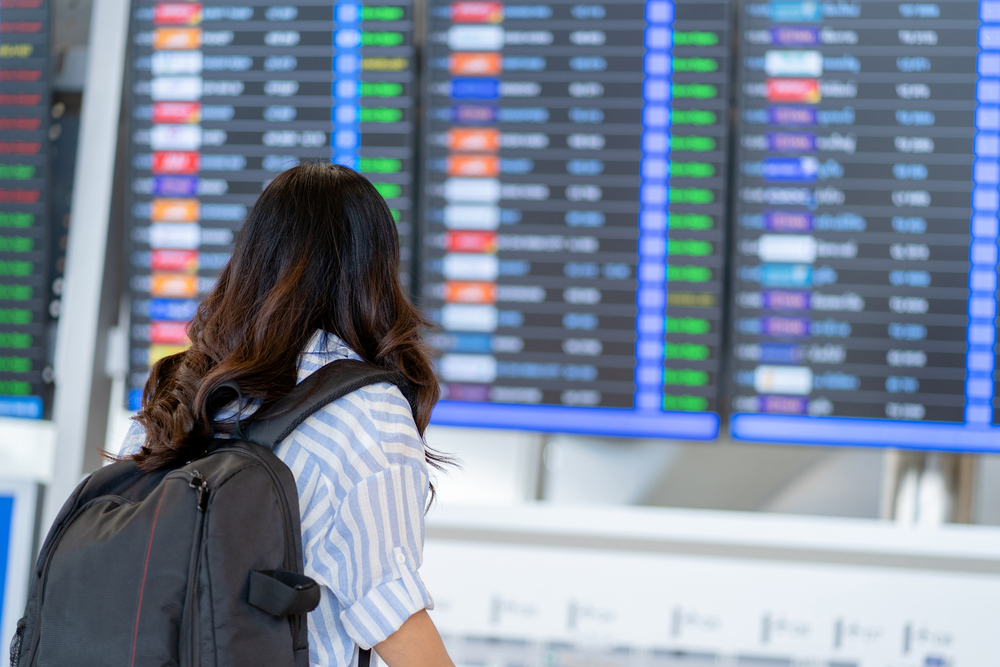
Online check-in opens exactly 24 hours before departure, and checking in immediately often means better seat selection and shorter airport lines. Set a phone reminder, as popular flights fill up quickly, especially for preferred seating.
Early check-in also lets you discover flight changes or gate assignments before arriving at the airport.
Use Airport Maps and Apps

Major airports have official apps with real-time information about restaurants, shops, restrooms, and walking times between gates. These apps often include wait times for security checkpoints and restaurant ordering systems that let you skip lines.
Download your departure and arrival airport apps before traveling.
Pack Snacks and Entertainment
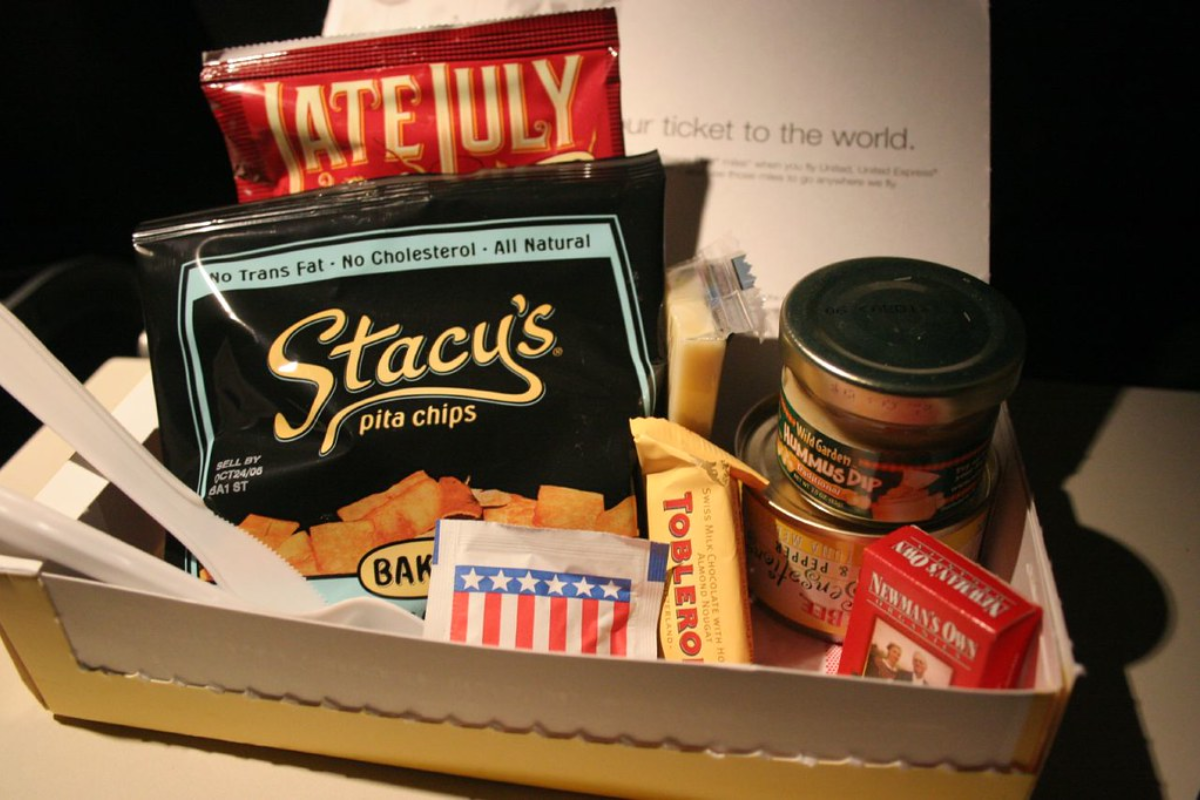
Airport food courts charge restaurant prices for fast-food quality, and flight delays can leave you hungry and bored for hours. Granola bars, nuts, and other non-perishable snacks cost a fraction of airport prices while providing better nutrition.
Download movies or podcasts before leaving home, since airport WiFi often struggles with streaming.
Like Travel Pug’s content? Follow us on MSN.
Choose Your Security Line Strategically

The leftmost security lanes usually move fastest because most people instinctively choose lines on the right. Business travelers often use the far-left lanes, and they typically move through security more efficiently than leisure travelers.
Family lines might appear shorter, but they often move more slowly due to strollers and multiple carry-on bags.
Sign Up for TSA PreCheck or Global Entry
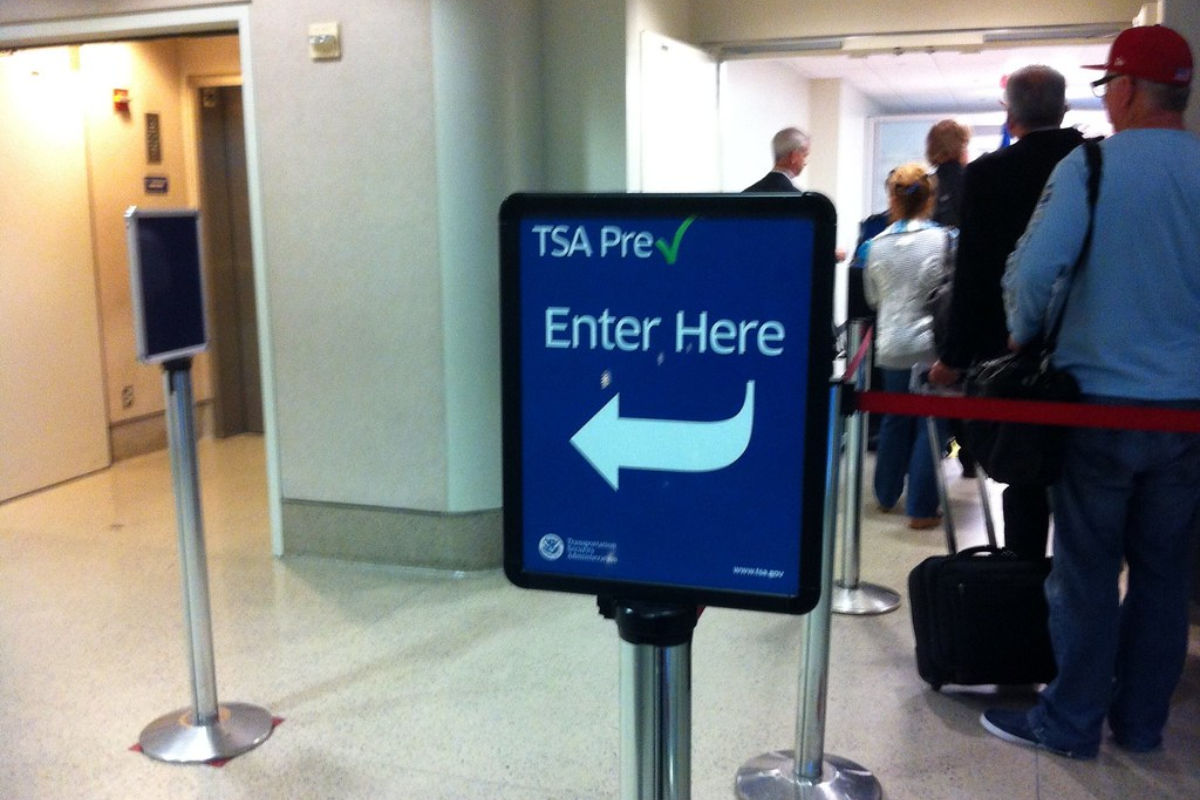
TSA PreCheck costs $78 for five years and can save hours over multiple trips by allowing you to keep shoes, belts, and light jackets on while leaving electronics in your bags. Global Entry costs $100 for five years and includes TSA PreCheck benefits plus expedited customs processing when returning to the US.
The application process takes time, so apply at least a month before you need it.
Locate Your Gate Immediately After Security
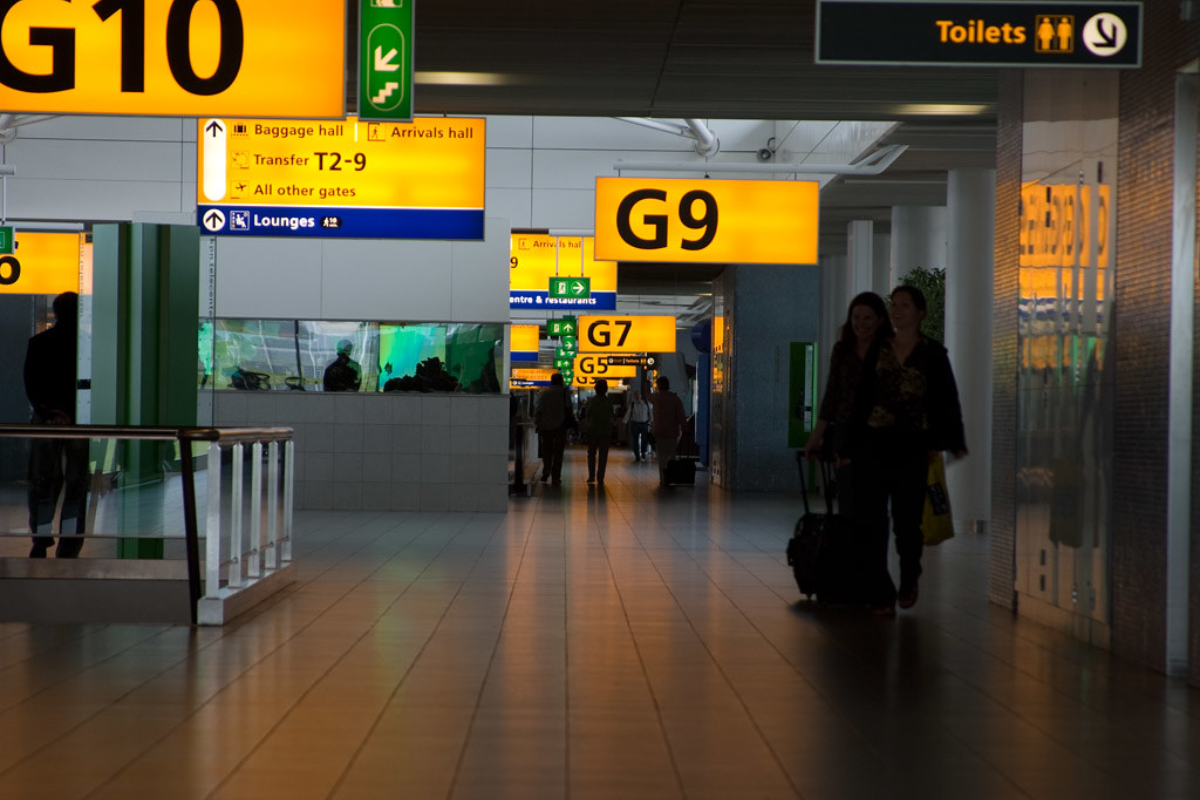
Flight gates change frequently, sometimes multiple times before departure, and walking distances in large airports can exceed half a mile. Finding your gate first allows you to estimate your walking time and locate nearby amenities, such as restrooms and food options.
Gate changes announced over loudspeakers are often difficult to hear in noisy terminals.
Like Travel Pug’s content? Follow us on MSN.
Use Airline Lounges Even Without Status

Day passes to airline lounges cost $25 to $50 but often pay for themselves through free food, drinks, and Wi-Fi, while providing quiet spaces to work or rest. Some credit cards provide free lounge access, and certain Priority Pass memberships include restaurant credits that work at airport dining locations.
Lounges also offer better flight information and customer service.
Track Your Flight Before Leaving Home

Flight tracking apps show real-time departure information, gate assignments, and delay patterns that help you time your airport arrival perfectly. Many flights exhibit predictable delay patterns, often due to weather, aircraft routing, or airport congestion.
Knowing about delays before leaving home can save hours at the airport.
Keep Important Documents in One Accessible Place
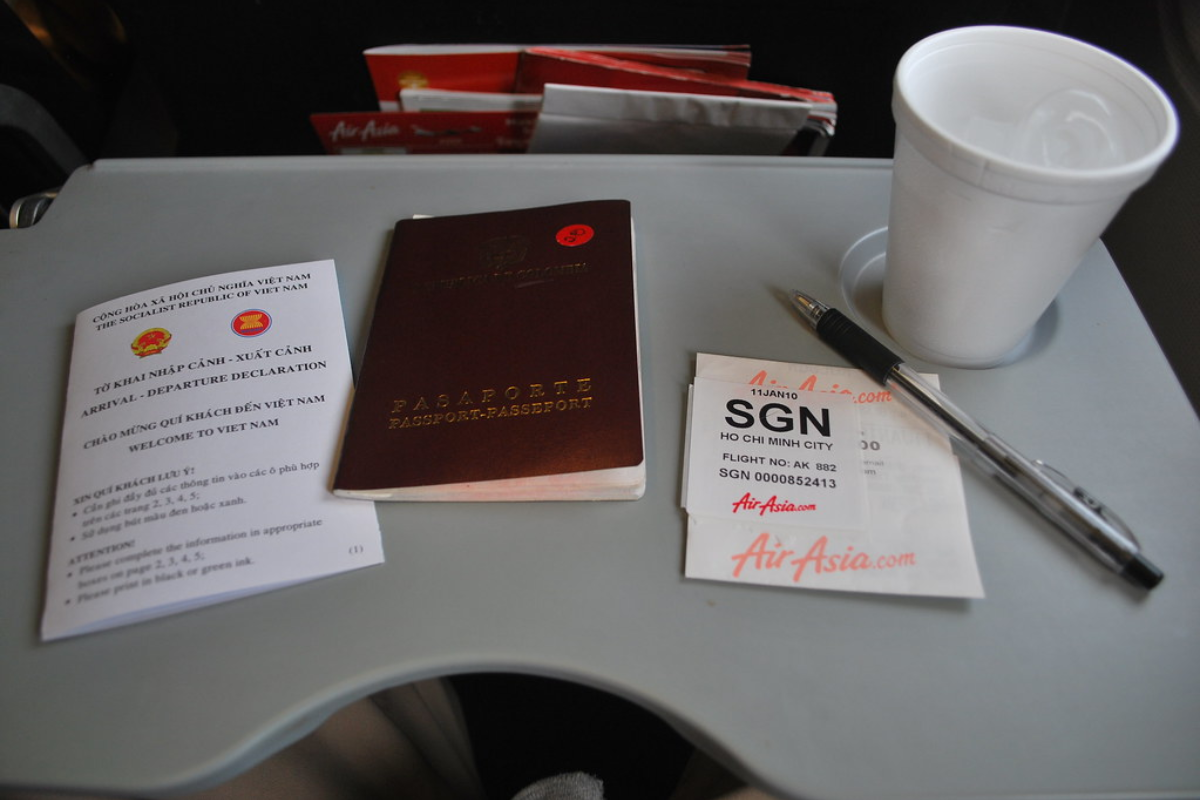
Fumbling through bags for passports, boarding passes, or ID cards slows down security lines and increases stress levels. A dedicated travel document organizer keeps everything together and easily accessible.
Take photos of important documents and store them in your phone as backup in case originals get lost.
Like Travel Pug’s content? Follow us on MSN.
Learn Airport Layout Basics
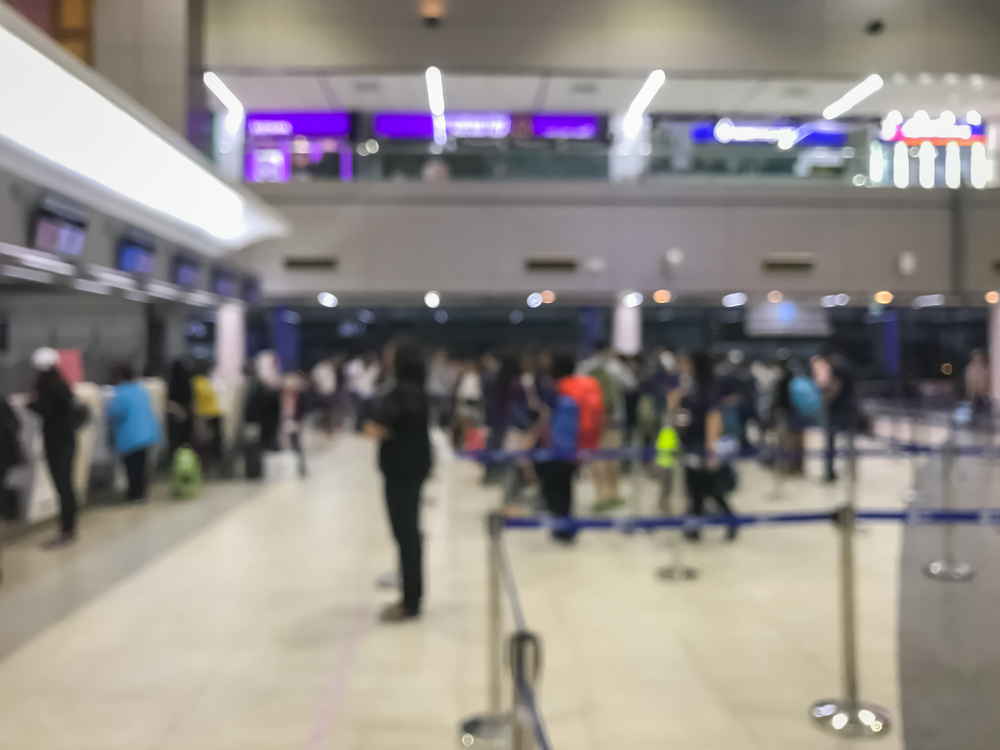
Large airports often have multiple terminals connected by trains, buses, or long walks that can take 20 to 30 minutes between connections. Study airport maps before traveling and understand how to navigate between terminals if you have connecting flights.
Some airports require passengers to exit and re-enter security when changing terminals.
Bring Hand Sanitizer and Tissues

Airports are germ factories where thousands of people touch the same surfaces daily, and getting sick can ruin entire vacations. Small bottles of hand sanitizer and travel tissue packs take up minimal space but provide essential protection.
Use sanitizer after touching security bins, bathroom doors, and seating areas.
Know Your Airline’s Policies
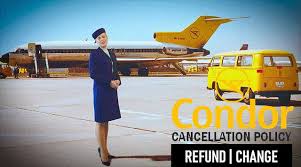
Baggage fees, seat selection charges, and carry-on restrictions vary dramatically between airlines and can add unexpected costs to your trip. Low-cost carriers often charge for everything from carry-on bags to printed boarding passes.
Understanding policies before arriving prevents surprises and helps you pack appropriately.
Like Travel Pug’s content? Follow us on MSN.
Use Off-Site Parking or Public Transit

Airport parking fees can exceed $25 per day, while off-site lots often charge half that amount and include shuttle services. Public transportation typically costs under $10 and eliminates parking hassles entirely.
Research transportation options before traveling and factor costs into your overall trip budget.
Pack Medication in Carry-On Luggage

Checked luggage gets lost frequently enough that essential medications should always travel with you in the cabin. Prescription medications in their original containers rarely pose security issues, and having them accessible during flights helps prevent health problems.
Bring extra medication in case of flight delays or lost luggage.
Stay Flexible with Backup Plans

Flight delays and cancellations happen regularly, especially during bad weather or peak travel seasons. Having backup flight options, flexible accommodations, and travel insurance helps you adapt quickly when plans change.
The most stress-free travelers expect problems and prepare alternatives rather than hoping everything goes perfectly.
Like Travel Pug’s content? Follow us on MSN.
From Ordeal to Opportunity
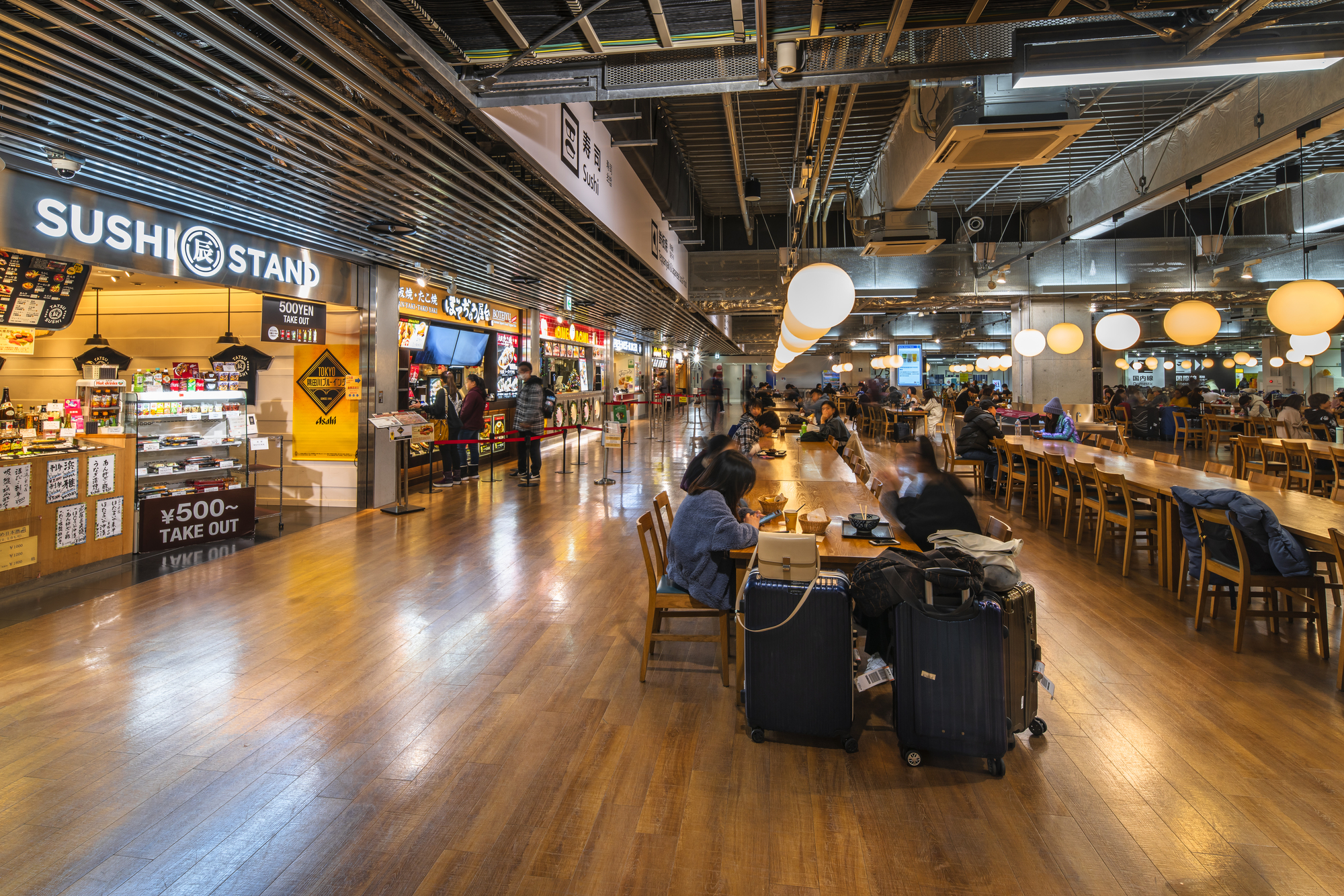
Air travel has evolved from a luxury experience where passengers dressed up for flights to a mass transit system where efficiency matters more than elegance. Modern airports handle millions of passengers monthly, creating logistical challenges that didn’t exist when flying was exclusive and expensive.
Today’s savvy travelers approach airports as puzzles to be solved, rather than obstacles to endure, utilizing technology and insider knowledge to navigate systems designed for maximum efficiency. The difference between a stressful airport experience and a smooth journey often comes down to preparation and understanding how these complex transportation hubs actually work.
More from Travel Pug

- 20 Best Beach Towns in the Carolinas
- 13 Destinations Where Tourists Regularly Regret Their Trip
- 20 Destinations That Are More Magical Without an Itinerary
- 20 Underrated Adventures That Belong on Your Travel List
- 20 Cities Where You Should Just Wing It, No Planning Required
Like Travel Pug’s content? Follow us on MSN.w us on MSN.N.
